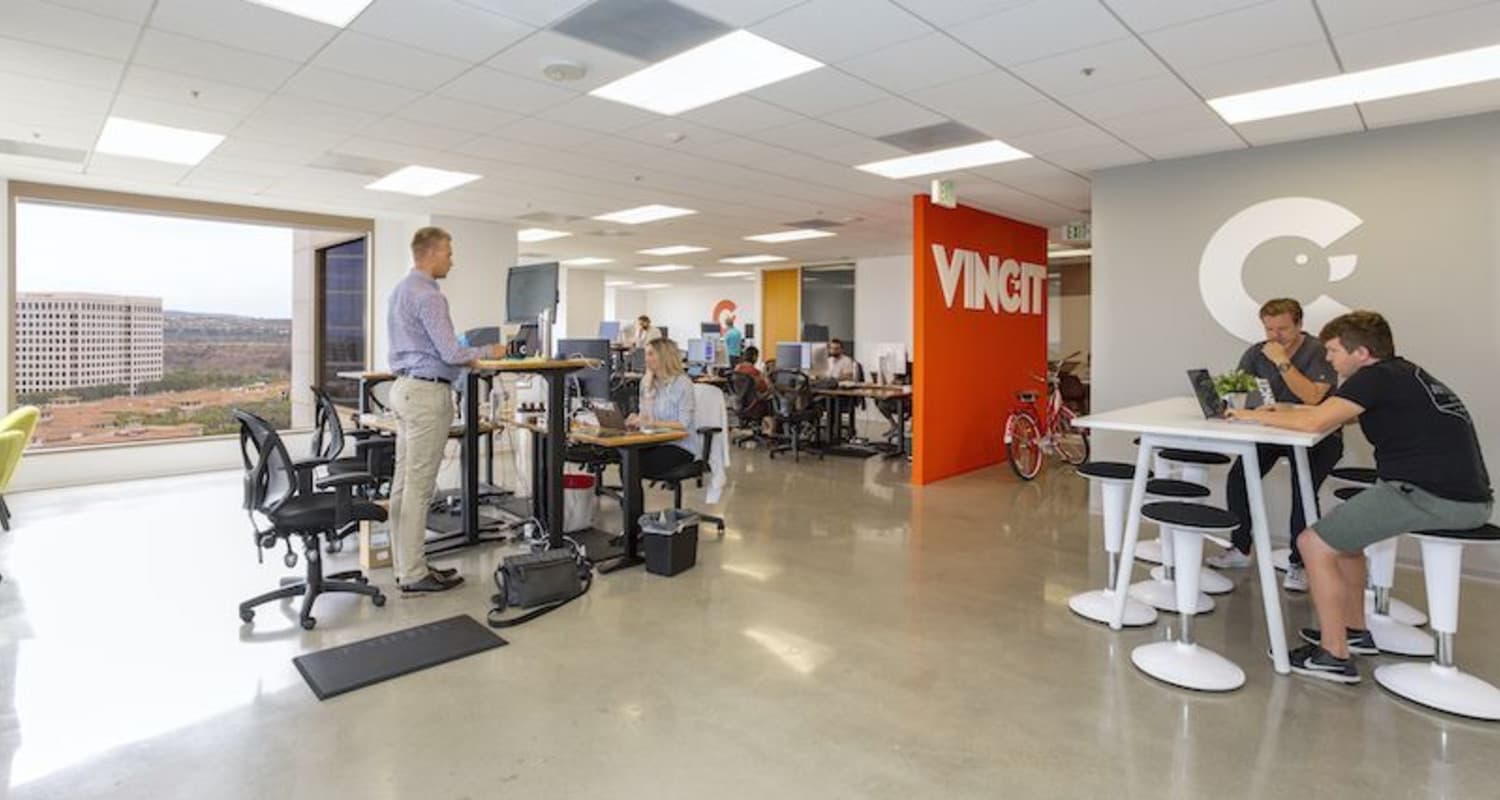Case StudyProduct Team: Product Development Process - Simplifying Product Development Methodologies at Vincit
Vincit, a design and development company, faced significant challenges in its product development process due to ongoing debates over which methodologies to use. These debates often led to confusion, inefficiencies, and a lack of progress as teams struggled to align on the best approach. The constant arguments over Agile, Waterfall, Lean, and other methodologies created friction and hindered the company’s ability to deliver high-quality products on time. The need for a unified, practical approach to product development was critical to overcome these obstacles.

The Solution
Vincit adopted a pragmatic approach focused on effectiveness rather than strict adherence to any single methodology. Jussi Ahola, a Designer & Strategist at Vincit, outlines the key components of this approach:
- Practicality Over Purity: Instead of rigidly adhering to a single methodology, Vincit chose to blend elements from various methodologies to suit the specific needs of each project. This flexible approach allowed teams to select the best practices from Agile, Lean, and other frameworks to optimize their workflow.
- Focus on Outcomes: Emphasizing the importance of outcomes over processes, Vincit encouraged teams to concentrate on delivering value to the customer. This shift in focus helped reduce the emphasis on methodology debates and fostered a results-oriented culture.
- Team Autonomy: Vincit empowered its teams to choose their own processes based on project requirements and team dynamics. By giving teams the autonomy to decide how they worked best, Vincit fostered a sense of ownership and accountability.
- Continuous Improvement: Implementing a culture of continuous improvement, Vincit encouraged teams to regularly review their processes and make adjustments as needed. This iterative approach ensured that teams could adapt to changing circumstances and continually optimize their workflows.
- Clear Communication: Ensuring clear and open communication among team members was a priority. By fostering a collaborative environment where ideas could be freely exchanged, Vincit reduced misunderstandings and improved overall efficiency.
Outcomes achieved
Adopting this pragmatic approach to product development resulted in significant improvements for Vincit. Key outcomes included:
- Reduced Friction: Moving beyond methodology debates allowed teams to focus on delivering high-quality products without being bogged down by disagreements over processes. This reduction in friction led to smoother project execution and better team cohesion.
- Increased Flexibility: The blended approach provided teams with the flexibility to adapt their processes to the specific needs of each project. This adaptability was crucial in responding to changing project requirements and market conditions.
- Enhanced Productivity: With a focus on outcomes and continuous improvement, Vincit teams became more productive. Regular process reviews and adjustments ensured that teams were always working in the most efficient and effective manner possible.
- Improved Delivery Times: The streamlined product development process resulted in faster delivery times. By eliminating unnecessary debates and focusing on practical solutions, Vincit was able to bring products to market more quickly.
- Higher Quality Products: The emphasis on delivering value and continuous improvement led to higher quality products. Teams were better able to meet customer needs and expectations, resulting in increased customer satisfaction.
- Stronger Team Morale: Empowering teams to choose their own processes and focus on outcomes fostered a sense of ownership and pride. This autonomy, combined with clear communication and a collaborative environment, contributed to stronger team morale and engagement.
